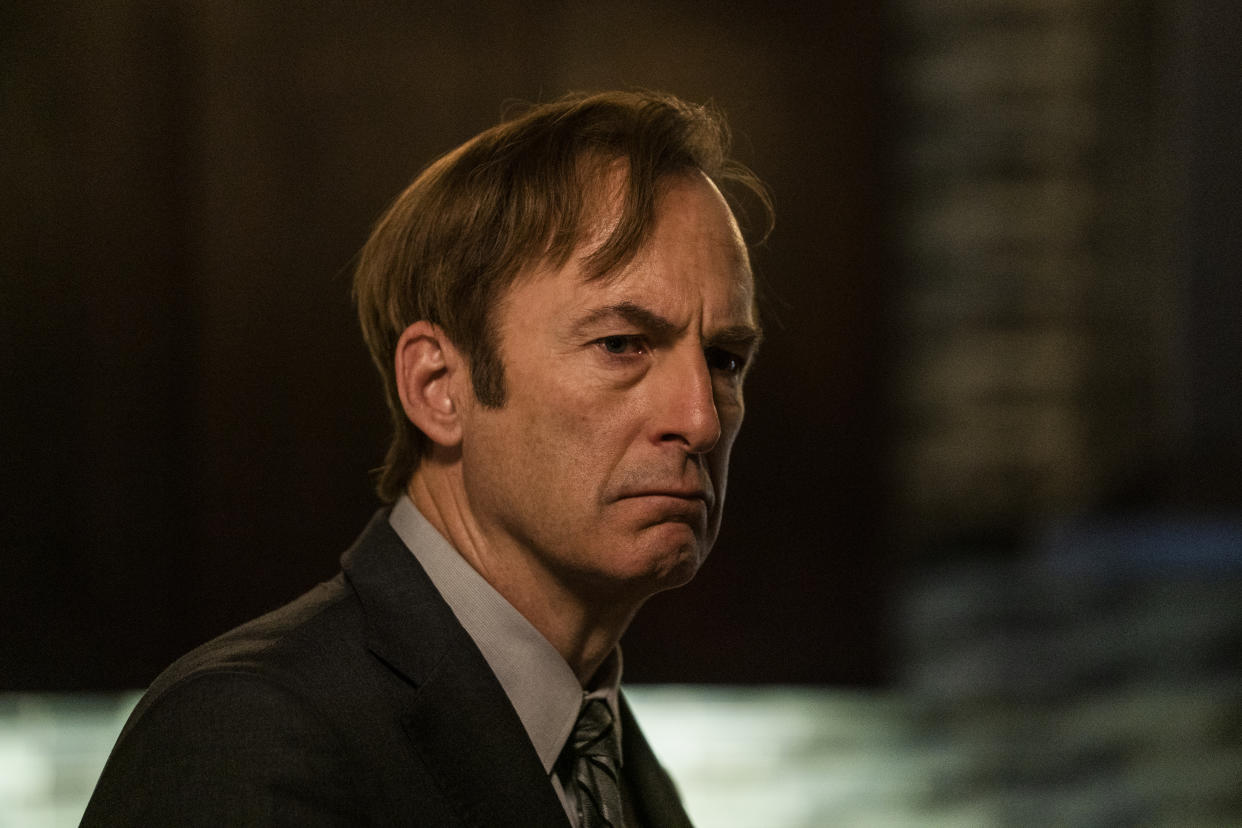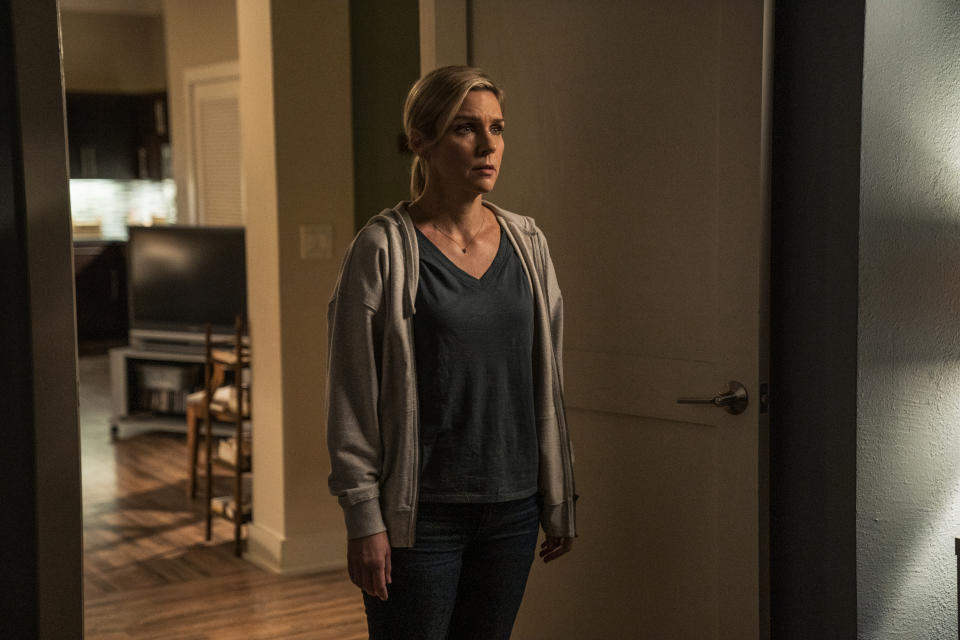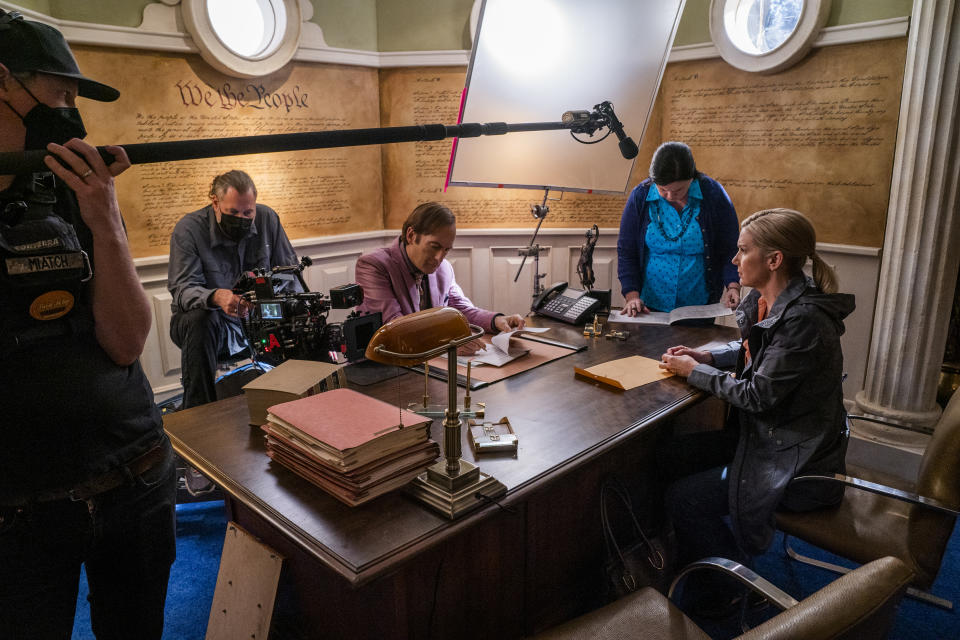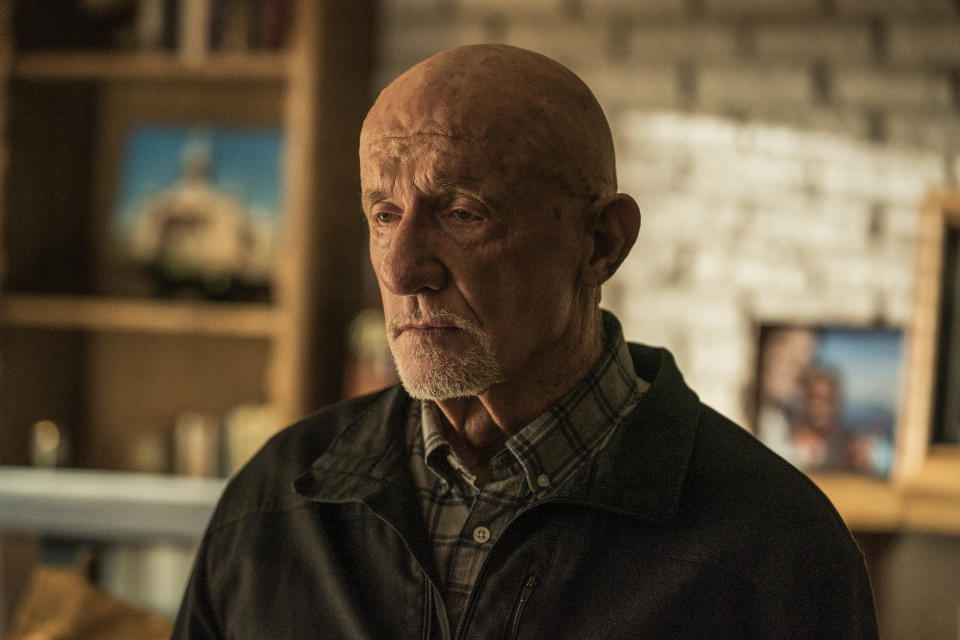Why ‘Better Call Saul’ Feels the Most Expansive When Sound Tells the Story

The 2022 Emmy nominations for Best Series Sound Design are a varied bunch: from the eldritch gurgling of “Stranger Things” to the explosive space adventures of “Picard,” “Star Trek: Strange New Worlds,” and “Boba Fett” to the retro, timey-wimey vibes of “Loki,” all these series feature nuanced and expansive work, creating fantastic worlds and immersing viewers in thrilling action.
But then there’s “Better Call Saul,” the lone show in the category which takes place wholly on planet Earth in the 21st century (however alien the landscape of the Albuquerque desert might look sometimes). It is a huge outlier by genre. It’s not an outlier at all, though, when you look at how “Better Call Saul” uses sound in its storytelling, or at how the show’s sound drives the series forward.
More from IndieWire
Co-supervising sound designer Nick Forshager said that, for longer episodes in Season 6, the team recorded 28-30 hours of foley — which, for anyone in need of a quick refresher, is the art of creating sounds in a post-production studio for a TV show or movie, in sync with each scene as it’s projected onto a screen. When you think about an old-time radio producer tapping a set of shoes on a wooden board up close to microphone in order to simulate footsteps, you’re thinking about foley effects.
The “Better Call Saul” team does so much foley work in particular not because it’s hard to capture sounds on set, but because the show has made rich use of sound in all sorts of enterprising ways. Sound often gets a special emphasis in moments where the camera comes right up close to or enters the perspective of a specific character, or when the real world intrudes on characters, for both comedic and dramatic effect, to say nothing of the show’s action sequences, which rely less on the volume of gunfire and explosions (though when The Twins get involved, sometimes that changes). It’s more about finely threading a needle and finding ways to telegraph precisely where sounds are happening in space and how the characters under fire perceive them.
“It’s become a huge and integral part of the show,” Forshager said. “We’ll take something very minute, like a pen or something, and we’ll blow it up. We work on a stage where we have a movie-sized theater picture, so you’re looking at it from that perspective: What is the scope of this small thing gonna be in relationship to the story that we’re telling in that scene?”

Greg Lewis/AMC/Sony Pictures Television
Sometimes all it takes is the sound of a small thing to tell the whole story. In Episode 9, “Fun and Games,” the scene of Kim (Rhea Seehorn) revealing that she has quit the bar captures Kim’s nervousness for everything she’s about to do by going close on a pen she can’t stop clicking. The sound of the pen is basically the only noise on the soundtrack because the only information that matters is that rapid plastic click, and what the audience infers about Kim based on it. She needs to get out of here, she needs to just be gone, and she’s terrified of what she’s doing: It all comes through the volume and speed of the sound.
The scene immediately cuts from Kim’s disclosure to another extreme close-up of a cigarette as she’s smoking it outside her and Jimmy’s apartment, the sound of burning tobacco acting as a coda to the moment in a way that poetry does, extremely boiled down and precise but containing multitudes of emotion. The screech of tires on a car pulling up below her, likewise, are all we need to know that Jimmy is the one driving it. After Kim has told Jimmy (Bob Odenkirk) what she’s doing, the camera lets her walk out of the room and stays behind Odenkirk’s head. We don’t see his expression but we hear, magnified, the sounds of zippers and packing tape. These tell the audience everything we need to know. The fact that we don’t actually see her leave or the expression on Odenkirk’s face makes the action feel so much worse.
“It’s really powerful, and then that moment moves forward so far in time in such a short span. We don’t need to know what happened because we know exactly what happened at that point. It is a very powerful filmmaking choice to do it that way,” said Forshager. “I think that’s a perfect example of the show stretching out and expanding as we need to. We stay in our lane of where we need to be, but then we take liberties or we open it up to new ideas and new thoughts [about how sound will help shape the story]… Sometimes, sound is filling in production dialogue [where] there are holes or noises that you gotta try to balance out, and that’s the general scope. But then you start breaking down scenes and you look at the story that sound is gonna help tell.”

Greg Lewis/AMC/Sony Pictures Television
The entire environment of the show is one of heightened, emotional sounds that punctuate key moments (the echoing out of Kim and Jimmy’s last kiss, in the parking lot earlier in Episode 9, is poignant for reasons that only become apparent to the audience later). But co-supervising sound designer Kathryn Madsen is responsible for making those key moments whole. Sometimes, the most dramatic scenes are the ones that need additional dialogue recorded to fix noise or smooth out sometimes just the smallest pieces of takes. It’s Madsen who must help the cast find their original level of performance again, much later and alone in a studio booth, and to help adjust dialogue so that it’s either the focus of a key moment or another ingredient in a rich stew of sound.
For example, Poppy Liu pops up briefly at the start of Episode 2, “Carrot and Stick,” as Jo, one of two women staying at Nacho’s pad and potentially discovering a passion for dominos. “She was saying so many funny things, and I really wanted people to be able to understand what she was saying. But [with how the scene was shot], sometimes they can’t get a mic in there so she was off-mic sometimes,” Madsen said. They called Liu back to do ADR so that her one-liners could be heard clearly and also more easily adjusted to create a slightly manic, coked-up sonic mix, which provides a sense of these women’s whole vibe and makes the scene turn all the harder when a taciturn Mike Ehrmantraut (Jonathan Banks) appears.
“That scene is crazy because we’ve got the TV going and then she’s got the dominoes going and then she’s talking. And we spent a lot of time trying to find the balance to make sure that people could hear the funny things that she was saying. It is kind of like this cacophony,” said Madsen. “So we brought her in again to rerecord and to redo some of the funny things she had said. And, my goodness, she did some more funny things that [when Vince Gilligan, the episode’s director,] heard them for the first time on the mix stage, he was laughing.”

Greg Lewis/AMC/Sony Pictures Tel
Madsen also said that ADR work can be fun even for very serious sequences. “[In Season 5,] in another Vince episode, when Bob is getting shot at and trying to crawl between the cars? I will never forget this. Bob, and it was his idea, wanted to get on the floor of the studio, and we recreated that entire scene. I got the boom mic off the stand, and I was following him around [as he ducked and weaved]. It was amazing. You see what this cast gives on the screen, but they give the same level of commitment in ADR.”
And, according to Madsen, one of the beautiful things about working with a committed cast is being able to play the entire scene they’re covering again and help them make physical adjustments in the room so that they can bring the same level of performance even to just replacing words or syllables on words.
“When we actually go to record, we will go for the individual pieces [as opposed to re-recording the scene all the way through]. And [the actors] get right back into the emotion,” Madsen said. “That scene where [Howard Hamlin (Patrick Fabian)] gets shot in the head, he does that great monologue right before he gets shot, calling out Jimmy and Kim. His performance was just amazing. And I mean, you can’t tell there’s ADR in that scene.”
Both Madsen’s and Forshager’s work on “Better Call Saul” is all about crafting a strong perspective for every episode of the show. Sometimes, we enter and experience entire scenes through a heightened sonic point-of-view; other times, the sound work is all about seamless dialogue and benign background noise. But sound is always placed as intentionally as the camera’s frame or the edit’s cut because the show’s creative team understands that showing who the characters are and what they’re feeling through it is so much more impactful than telling us what’s going on with visuals alone.
“The one thing I tell film students when I do work with them is, ‘Don’t just put sounds in just to put sounds in. Put them in so they have a purpose,'” Forshager said. “On this show specifically, everything gets magnified and gets looked over many times, you really have to know what its intent is. And if it doesn’t have an intent, then you get rid of it, and you leave room for something else.”
Best of IndieWire
‘The Lord of the Rings’: Everything You Need to Know About Amazon’s Big Money Adaptation
Charlie Cox and Vincent D'Onofrio Set to Reprise 'Daredevil' Roles for Marvel Series 'Echo'
'The Last of Us': Everything You Need to Know About HBO's Adaptation
Sign up for Indiewire's Newsletter. For the latest news, follow us on Facebook, Twitter, and Instagram.

 Yahoo Movies
Yahoo Movies 
